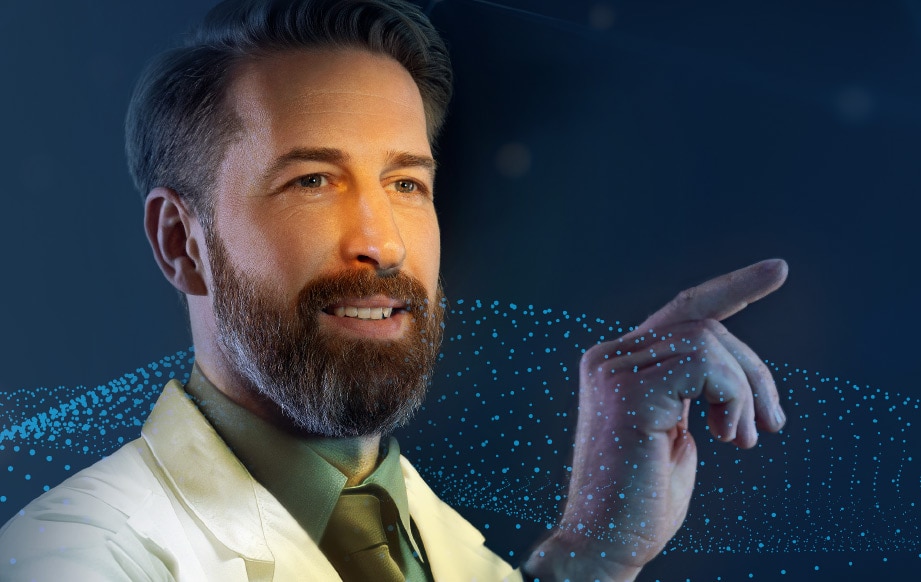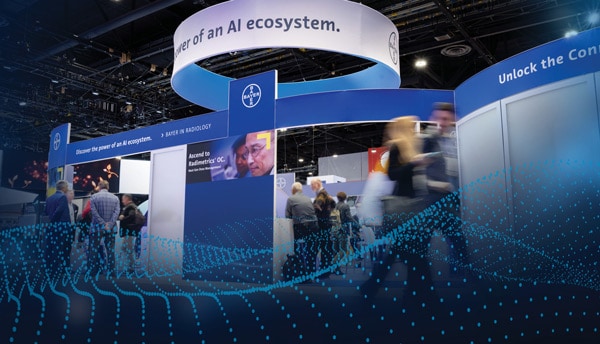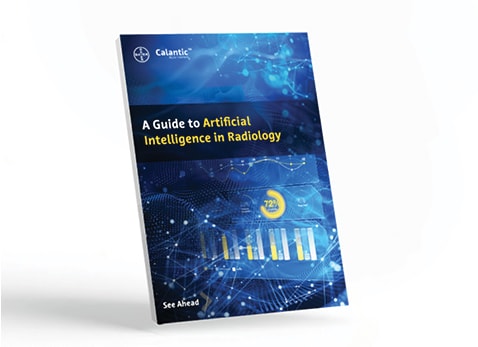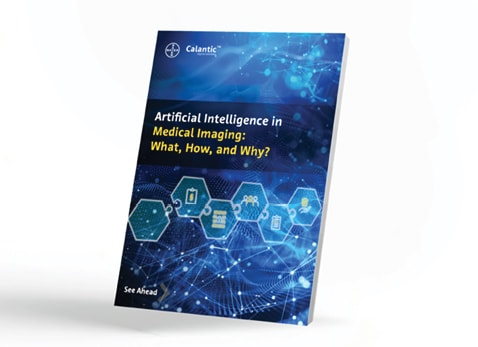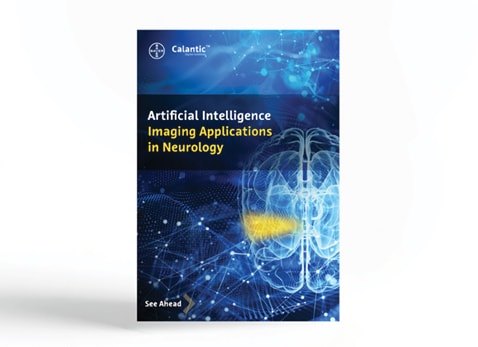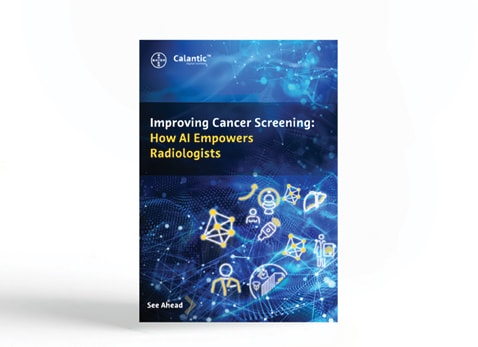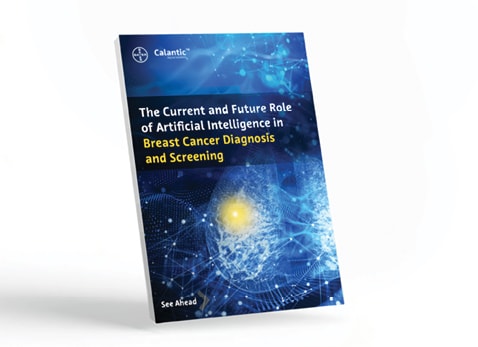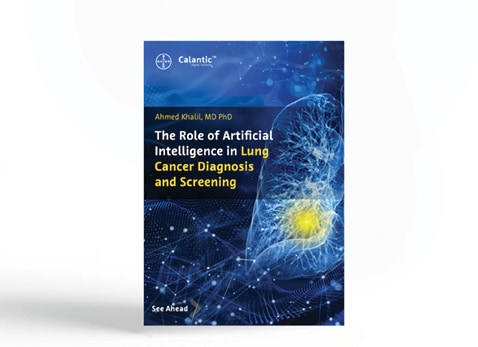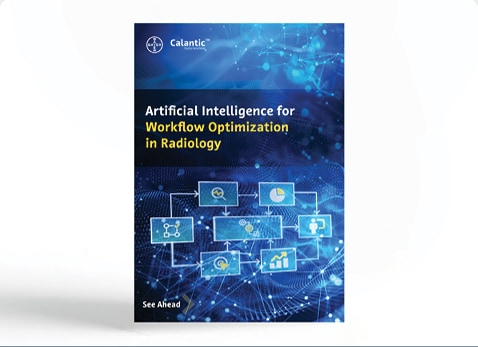Let’s Connect in 2025!
Join Us at These Conferences

RSNA
Nov 30 – Dec 4, 2025
McCormick Place, Chicago, Illinois
Booth #2514
AAPM
American Association of Physicists in Medicine AAPM Annual Meeting
Jul 27-30, 2025 Washington, DC
2025 DHITS
Defense Health Information Technology Symposium
Aug 26-28, 2025
Nashville, TN
QS+I 2025
Quality and Safety + Informatics Conference
Sep 9-11, 2025
San Diego, CA
Strategic Radiology Fall Summit
Sep 26-28, 2025 Washington, DC
HLTH 2025
Oct 19-22, 2025
Las Vegas, NV
AIMed25
Artificial Intelligence in Medicine
Nov 10-12, 2025
San Diego, CA
Topics of Interest
Research Articles

